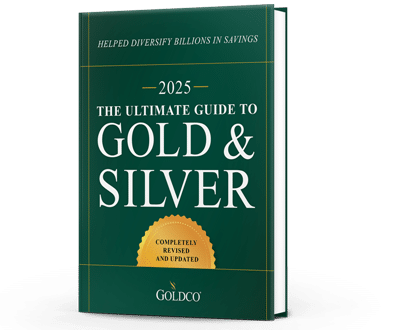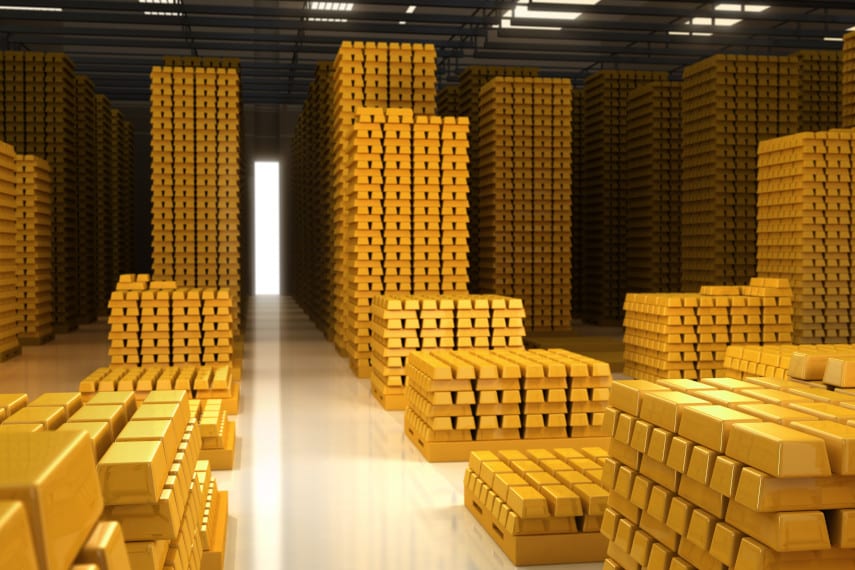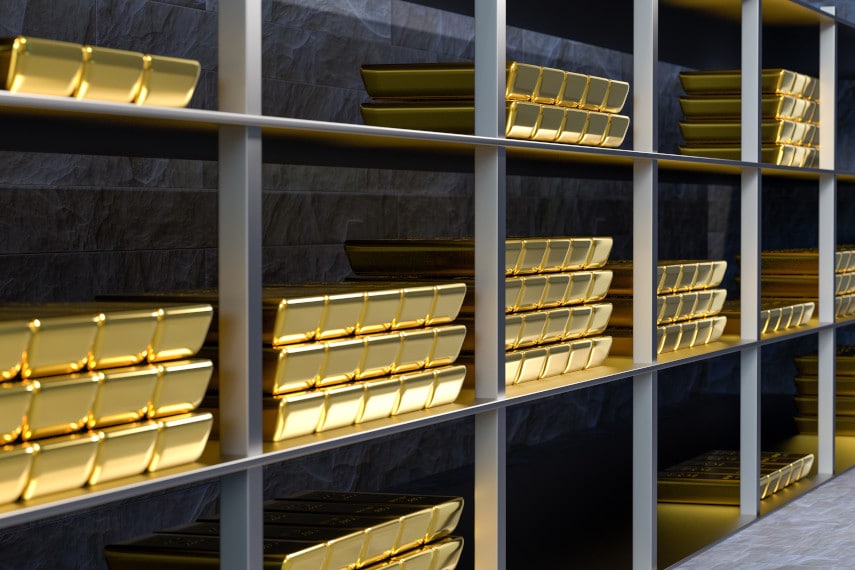
Ever since the 2008 financial crisis, central banks have taken on new positions of importance. Once operating largely in the shadows, today the actions of central banks are front and center in the headlines. In large part that is due to the unprecedented amounts of quantitative easing (QE) that have taken place since 2008, with trillions and trillions of dollars worth of new money entering the economy worldwide.
With all of that quantitative easing, banks have become major drives of prices throughout the world, including prices of commodities such as precious metals. But that isn’t the only reason central banks will be major drivers of gold prices. Over the past several years central banks have been big buyers of gold themselves, and that trend doesn’t appear to be stopping anytime soon.
Between central bank gold purchases and central bank monetary easing, the conditions are right for further increases in the gold price. Just how high gold will continue to grow is anyone’s guess, but with two strong drivers there coming from central banks, the stage is certainly set for gold to continue to rise.
Monetary Easing and the Gold Price
When central bankers create more money, it devalues the currency already in circulation. More money chasing the same amount of goods means that prices will begin to rise, and the purchasing power of each unit of currency will fall.
We’re seeing that today, as inflation is rising in the United States. Year-on-year inflation has hit 5%, the Federal Reserve expects annual inflation rates to reach well over 3% this year, and many consumers have seen price increases of 30-50% on food staples.
Housing prices have jumped in many areas of the country, used car prices continue to rise, and the expectation most consumers have of inflation is also beginning to increase. After over a decade of near zero interest rates and relatively mild inflation, inflation is suddenly becoming a big deal, something to which more and more people are paying attention.
The more monetary easing central banks engage in, the greater the effect should be on the gold price. During the QE era after the 2008 financial crisis, for instance, the price of gold nearly tripled, in no small part due to the effects of that QE. The effects of monetary easing on the price of gold are twofold.
More Money Entering the Financial System
As more money enters the financial system, prices begin to rise. That’s no different for the gold price than it is for any price. So as central banks continue monetary easing, the price of gold should rise as well.
That isn’t to say that the gold price will fall if central banks stop their monetary easing, as there are numerous factors at play when it comes to increasing the price of gold. But in general, more easing means a higher gold price.
Weak Economy
More QE is also very often the result of a weakening economy, one which central bankers want to attempt to stimulate to perform better. The signal central bankers are sending to markets then is that markets are weak and in need of liquidity. That causes nervousness, which leads many investors to seek the safety of an investment in gold.
The more QE is created, the weaker the economy is judged to be, and the greater the impetus to invest in more gold. Think about how much money the Fed has created over the past year, doubling its balance sheet to over $8 trillion. That has sent a clear signal that the economy is weak, so it shouldn’t be any surprise that gold has risen so much over the past 18 months.
Central Bank Gold Purchases
Central bank gold purchases were down somewhat in the first quarter compared to the first quarter last year, but that’s perhaps to be expected given the record pace at which central banks had been buying gold over the past several years. Still, the amount of gold purchased in the first quarter, nearly 100 tonnes, was quite a large amount. And the expectation is that overall central bank gold purchases should be nearly identical this year to last year.
Roughly three-quarters of central bank gold purchases take place on the open market, according to survey data from the World Gold Council. So that means that governments and central banks normally aren’t getting sweetheart deals from gold producers, or buying gold at below-market rates from other central banks. The majority of central bank gold purchases are taking place on the open market, and thus those purchases are impacting gold prices.
What Does the Future Hold for Gold?
Central banks show no signs of slowing down their monetary easing anytime soon, which would seem to indicate that the gold price should have plenty of support from further QE. The Federal Reserve, for instance, is still creating money at a rate of about $1.5 trillion per year. And right now no one is expecting the Fed to raise interest rates until about 2023. That means we’ll likely see at least two more years of unprecedented monetary easing.
With the federal government set to continue running massive budget deficits, the Fed will have to keep creating more and more money to soak up the massive amounts of Treasury debt that will be created in the future. And that means more money circulating through the financial system to boost the gold price.
With regard to central bank gold purchases, central banks expect to keep to roughly the same level of purchases that they have in the past. No one is expecting central bank gold purchases to decrease significantly, nor is there any expectation that central banks will become net sellers of gold.
It’s important to remember that central banks view gold in much the same way that individual investors do. The reasons they buy gold include:
-
Gold’s performance during crises
-
Portfolio diversification
-
Gold is a highly liquid asset
-
Low or no default risk
-
Gold is a stable store of value
Any one of these reasons is a great reason to own gold. And if you’re thinking about ways to protect or diversify your assets, maybe you should look at gold just like central banks are. Yes, central banks may have done a lot of mischief with their QE, but when it comes to protecting their own assets and their own financial security, they’re not messing around.
Central banks know that when paper money becomes worthless, gold reasserts itself as the ultimate money. That’s why they’re moving to buy more and more of it.
If you want to protect your assets in a similar manner, call the precious metals experts at Goldco today. They’ll be able to answer any questions you have about gold and help get you on the path to safeguarding your hard-earned wealth.





